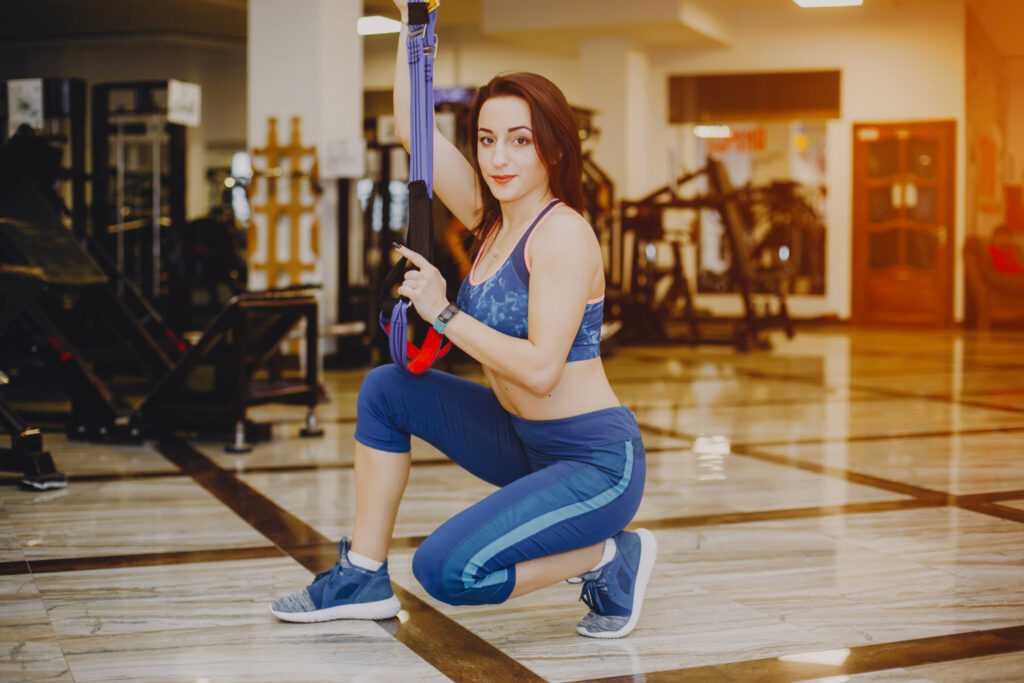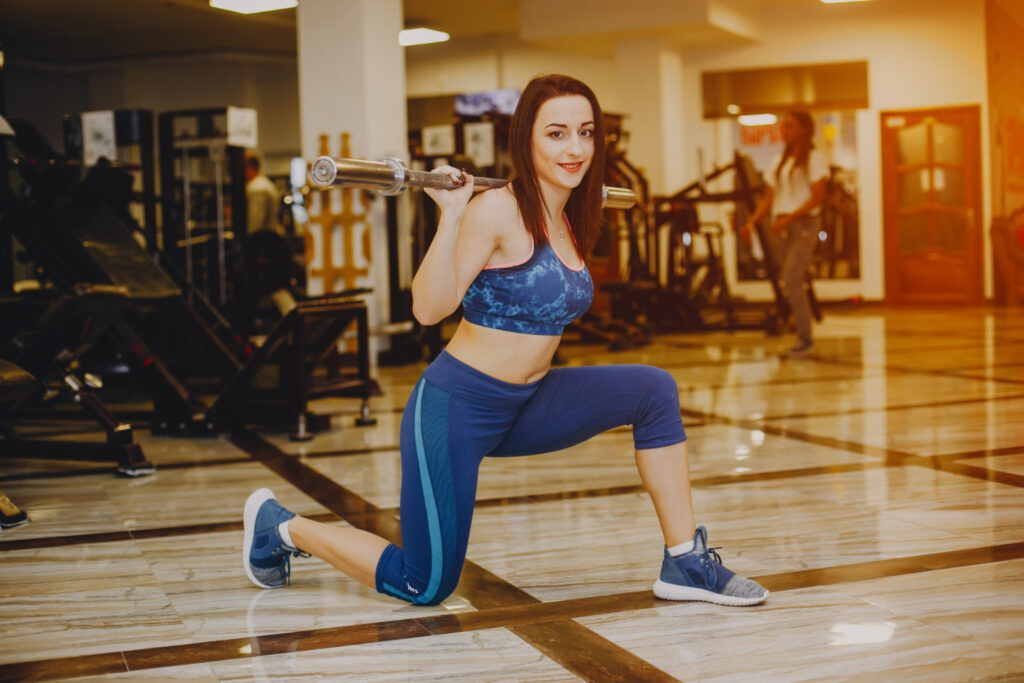Exercising is crucial for maintaining good health and physical fitness. However, safety should be a top priority to prevent injuries. Understanding how to use gym equipment correctly is essential for a productive and injury-free workout. Here we will provide you with a comprehensive checklist to ensure you use gym equipment safely, regardless of whether you’re a beginner or a seasoned athlete.
Understanding Your Equipment
Before diving into your workout, it’s essential to understand the gym equipment you’ll be using. Each piece of equipment has its own set of instructions and safety measures. Here are some tips to help you get started:
- Read the Instructions: Most gym equipment comes with an instruction manual. Take the time to read it and familiarize yourself with the machine’s functions and safety features. Many gym equipment suppliers in UAE provide detailed user guides and sometimes even training sessions on how to use their products correctly.
- Seek Professional Advice: If you’re new to a particular piece of equipment, don’t hesitate to ask a fitness trainer or gym staff for a demonstration. Proper guidance can prevent common mistakes that could lead to injury.
- Check Equipment Condition: Always inspect the equipment before use. Look for any signs of wear and tear or damage that could affect its safety. Report any issues to the gym staff immediately.
- Adjust Settings Properly: Many machines require adjustments to suit your body size and workout needs. Ensure that seats, handles, and weights are set up correctly for your height and strength level.
Proper Warm-Up and Cool-Down

A proper warm-up and cool-down are crucial components of a safe workout routine. These steps help prepare your body for the physical exertion ahead and aid in recovery afterward.
Warm-Up
- Increase Blood Flow: Start with light cardiovascular activities such as brisk walking, jogging, or cycling. This helps increase blood flow to your muscles, making them more pliable and less prone to injury.
- Dynamic Stretches: Incorporate dynamic stretches such as leg swings, arm circles, and torso twists. These movements improve flexibility and range of motion, which are essential for performing exercises safely.
- Gradual Intensity Build-Up: If you’re planning to lift weights, begin with lighter weights and gradually increase the load. This allows your muscles and joints to acclimate to the stress, reducing the risk of strains or sprains.
Cool-Down
- Light Cardio: After your workout, engage in light cardio exercises like walking or slow cycling. This helps to gradually reduce your heart rate and prevent dizziness or fainting.
- Static Stretching: Perform static stretches to help relax your muscles and improve flexibility. Hold each stretch for at least 20-30 seconds, focusing on major muscle groups used during your workout.
- Hydrate and Rest: Rehydrate with water or a sports drink to replenish fluids lost during exercise. Allow your body to rest and recover, especially after intense workouts.
Correct Form and Technique
Using the correct form and technique is critical for preventing injuries and maximizing the effectiveness of your workout. Here are some key points to consider:
- Learn Proper Form: Before attempting any exercise, learn the correct form and technique. This can often be achieved through professional training sessions, instructional videos, or fitness classes.
- Start Slow: Begin with low weights or resistance levels, focusing on mastering the correct form. Gradually increase the intensity as your strength and proficiency improve.
- Use Mirrors: Many gyms have mirrors strategically placed to help you monitor your form. Use them to ensure you’re maintaining the correct posture and technique throughout your exercise.
- Avoid Overloading: Don’t attempt to lift more weight than you can handle. Overloading can lead to poor form and increase the risk of injury. Follow the principle of progressive overload, which involves gradually increasing the weight or resistance over time.
- Breathing Techniques: Proper breathing is essential for maintaining form and preventing dizziness or fainting. Inhale during the eccentric phase (lowering the weight) and exhale during the concentric phase (lifting the weight).
Listening to Your Body
Listening to your body is one of the most important aspects of exercising safely. Here are some tips to help you stay attuned to your body’s signals:
- Recognize Pain: Distinguish between the discomfort of exertion and pain from injury. If you experience sharp or severe pain, stop the exercise immediately and seek medical advice if necessary.
- Rest and Recover: Ensure you get adequate rest between workouts. Overtraining can lead to fatigue, decreased performance, and an increased risk of injury.
- Stay Hydrated: Drink plenty of water before, during, and after your workout to stay hydrated. Dehydration can impair performance and increase the risk of heat-related illnesses.
- Balanced Diet: Maintain a balanced diet to provide your body with the necessary nutrients for energy, recovery, and overall health. Proper nutrition supports muscle repair and growth, aiding in safer and more effective workouts.
Final Reflection
By following this workout safety checklist, you can minimize the risk of injuries and enjoy a productive and rewarding exercise routine. Remember, safety should always come first, and being mindful of your body’s needs and limits will help you achieve your fitness goals effectively and safely.
Recommended: Check out the best fume hood certification new york on our website.





